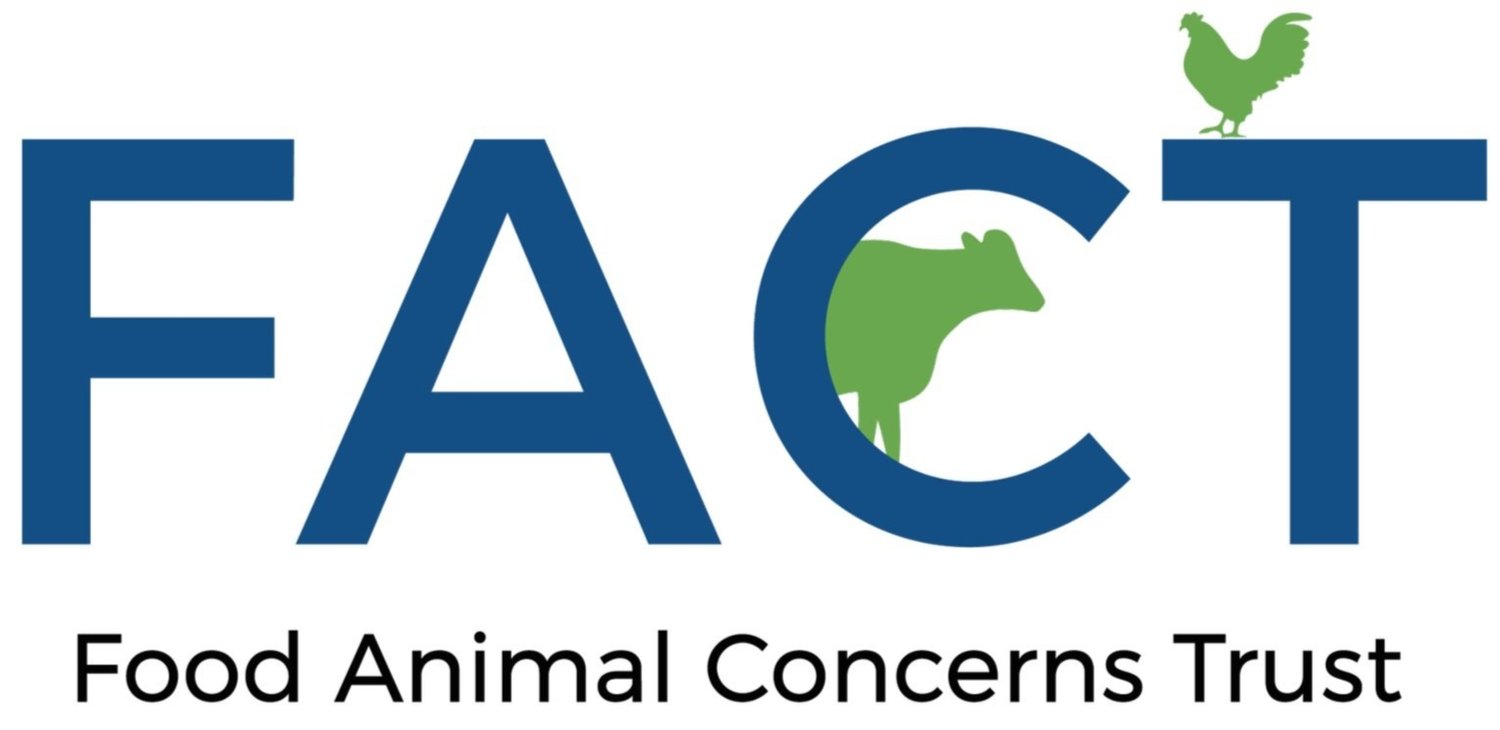Avian Flu and Giant Dairies Moving us Ever Closer to a New Pandemic
By Steve Roach, Safe and Healthy Food Program Director
In late March, troubling new reports began to appear about the detection of avian influenza virus (bird flu) in dairy cattle. As of today, mid-April 2024, 28 dairy farms have been impacted in eight different states. The strain of bird flu infecting these cattle is the same one that has had a devastating impact on giant poultry farms around the globe. In the U.S. over 90 million birds in 1125 flocks and 48 states have been killed, either by the virus or euthanized to stop the spread. While the virus is deadly for birds, both wild ones and domestic, its impact on cattle is more limited leading to illness and loss of milk production, but not usually death.
Bird flu has been detected before in cattle but only rarely so the rapid rise in detections from this outbreak is disturbing. The concern over bird flu in dairies is two-fold: first, whenever a virus moves into a new host it can change, either becoming more transmissible or deadlier and, second, it also creates a greater threat to people since people interact more closely with dairy cattle than with poultry, increasing the risk of transmission. The big worry is that the virus will change enough to begin spreading in people, potentially setting off another global pandemic.
The origin of the flu now infecting cattle is the giant commercial poultry industry. Wild birds often carry strains of flu that cause mild illness in birds. These low pathogenic strains can infect commercial poultry flocks where they spread like wildfire and often transform into a much more dangerous flu that begins killing birds. These deadly strains then are transmitted between flocks through contaminated vehicles and equipment. Once a deadly flu strain is identified in a flock, agricultural authorities like the U.S. Department of Agriculture require all the chickens or turkeys on the farm to be killed and disposed of to stop the disease from spreading. In the meantime, the now dangerous virus has been transmitted back to wild migratory birds killing many of them and leading to the global spread of disease as they spread to other commercial poultry flocks that again act as giant disease incubators. Once the deadly flu virus gets out into the wild it can cause illness in other animals exposed to bird droppings. The same bird flu that infects dairy cattle and commercial poultry has been detected in almost twenty other mammal species in the U.S. from seals to foxes to squirrels.
Right now, we do not know what is going to happen with bird flu in dairy cattle. It almost certainly is going to be found in many more operations. Hopefully, it will not change to spread more readily in cattle. At least one farm worker became sick from the flu from a dairy cow. Farm workers are the people at greatest risk from bird flu in cattle, as they are from many other diseases that come from food animals. It seems that most of the detected cases likely came from cow exposure to the droppings of wild birds, but the movement of cattle between farms is another source for some cases. There is also evidence that cow infections have been passed back to commercial poultry.
There is concern that the flu could be spread by the feeding of poultry manure to cattle, which is done to save on the cost of feed. FACT petitioned the Food and Drug Administration (FDA) in 2009 to ban this dangerous practice. Bird flu may be another reason why it is a terrible idea. The FDA has not denied our petition but has not granted it either or responded to the safety problems we raised. The milk from infected cattle contains the bird flu virus but it is thought to be destroyed by pasteurization. This does create a risk for farm workers exposed to milk, calves fed discarded milk from sick cows, or people consuming raw milk from infected cows.
There are some things we should be doing to stop the spread of this deadly virus and to keep it from transforming into the next pandemic that we are not doing. First, the USDA should create a mandatory monitoring system for dangerous pathogens in the largest animal feeding operations. Monitoring should cover flu and other viruses but also bacterial pathogens and antibiotic resistance. Second, we should require vaccination of the poultry flocks and possible cattle for the virus. Vaccines are available but U.S. farms are not allowed to use them because it will hurt the U.S. export of poultry products. We are not vaccinating flocks for this deadly disease primarily because of worries over trade. The FDA should ban the feeding of poultry litter to cattle and other animals. Finally, as recently recommended in a report by a global group of experts, we as a society must transition away from the system of raising poultry in giant barns that creates the bird flu problem in the first place.
Deadly bird flu whether in dairy cows, chickens or even in wild birds or other wild animals is the result of how we raise food animals. This is just one more problem of the current model of animal agriculture and in this case is potentially setting us up for an outbreak that could kill millions.


